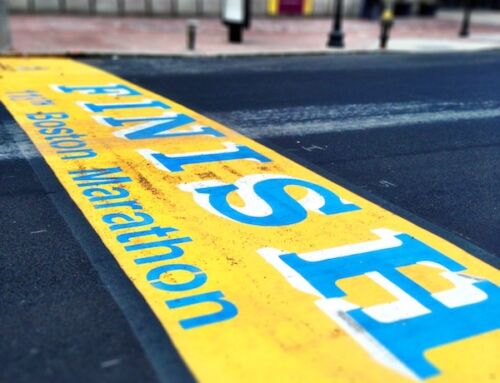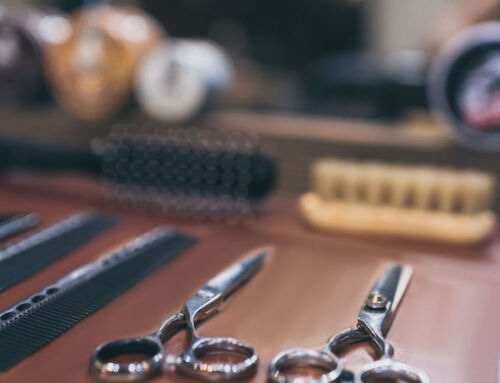When did the resurrection of Christ transform into the Easter Bunny?
- The exchange of eggs for Easter dates back to a springtime custom older than Easter itself in which eggs were given as a symbol of rebirth in many cultures.
- Easter’s name is actually derived from a Goddess named Eastre. She was the symbol of the rabbit and the egg, or in other words the Goddess of Rebirth.
- The Easter Bunny was introduced to the United States in the 18th century by German settlers who arrived in the Pennsylvania Dutch country. According to the tradition, children would build brightly colored nests, in secluded areas of their homes. The “Oster Hawse” would, if the children had been good, lay brightly colored eggs in the nest. As the tradition spread, the nest has become the manufactured, modern Easter basket.
Sweet stuff
- Easter is second to Halloween for candy buying.
- In 1953 the first Peeps were made. It took 27 hours to create one Peep – they use to be hand molded and painted by hand. Today it takes 6 minutes to create one. Today over 700 million Peeps are sold during Easter.
- Yellow Peeps are the most popular, followed by pink, lavender, blue, and white.
- Jellybeans did not become an Easter tradition until the 1930s. They were probably first made in America by Boston candy maker William Schrafft, who ran advertisements urging people to send jellybeans to soldiers fighting in the Civil War.
- 76% of all Americans eat their chocolate Easter bunny ears first. 4% eat their bunny tail first. Nearly everyone else starts at the feet.
Egg-actly
- According to the US Department of Agriculture, 600,000,000 eggs are usually sold in America during the months of March and April.
- Easter egg dye was marketed in 1880 by Pharmacist William Townley of Newark, NJ.
- The first mass-produced chocolate egg appeared in England in 1873 when Cadbury debuted their first Easter egg.
- The most famous decorated Easter eggs were those made by the well-known goldsmith, Peter Carl Faberge. In 1883 the Russian Czar, Alexander, commissioned Faberge to make a special Easter gift for his wife, the Empress Marie.
Question for you
Who the heck is the Easter Bunny anyway? Do you think of him as human-size bunny that wears clothes and can speak? Or more of a regular bunny that hops around and has magical powers to deliver baskets to kids all around the world? Hmmm? Let us know what you think!
Happy Easter!




